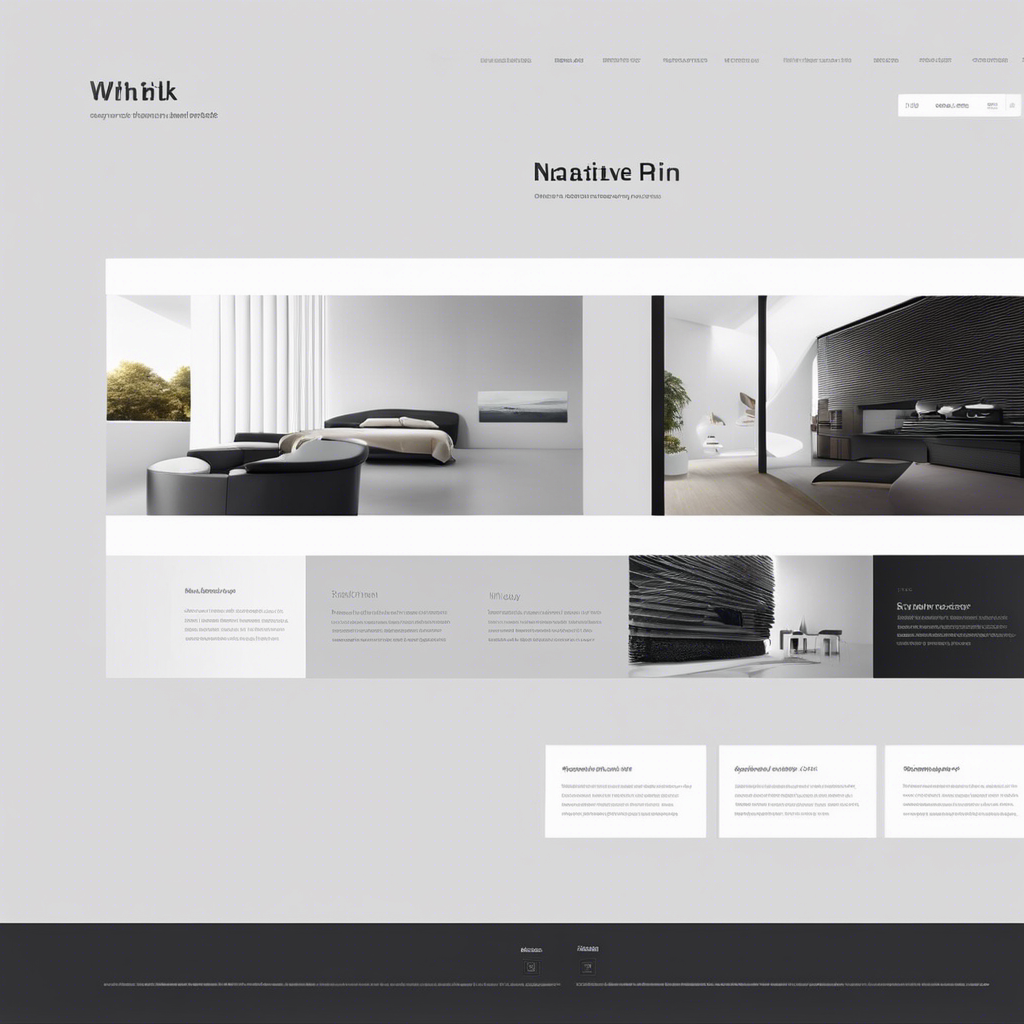Are you ready to unlock the secrets of effective web design? Imagine your website as a well-organized library, with each piece of content carefully placed on its designated shelf.
Just as a library uses a system of categorization to help visitors find the right book, content hierarchy plays a similar role in web design. It ensures that your website is visually appealing and user-friendly, allowing visitors to easily navigate and understand your content.
Not only does content hierarchy improve user experience, but it also encourages visitors to take action and ultimately boosts conversion rates. By implementing effective content hierarchy, you can create a seamless user journey, leading to improved website performance and increased user satisfaction.
Let’s dive in and explore the role of content hierarchy in effective web design.
Key Takeaways
- Content hierarchy enhances user experience by creating a clear structure.
- Proper implementation of content hierarchy helps users easily locate and navigate through the website.
- Well-structured content hierarchy benefits search engine optimization (SEO).
- Clear visual hierarchy guides users through content and improves engagement.
Importance of Content Hierarchy
To understand the importance of content hierarchy in effective web design, you need to recognize how it enhances user experience.
Content hierarchy refers to the organization and prioritization of information on a web page. When content hierarchy is properly implemented, it creates a clear structure that helps users easily locate and navigate through the website.
By placing important information at the top and gradually moving down to less significant details, users can quickly find the information they’re looking for. This improves the overall usability of the website and enhances user satisfaction.
Additionally, a well-structured content hierarchy can also benefit search engine optimization (SEO), as search engines prioritize websites with clear and organized content.
Benefits of Effective Web Design
By implementing effective web design, you can enhance user experience and achieve numerous benefits for your website.
One of the essential benefits is providing users with a clear visual hierarchy that guides them through your content. Visual elements like headings, subheadings, and bullet points help users quickly identify important information and navigate your website with ease. This positive user experience leads to improved engagement, reduced bounce rates, and increased time spent on your pages.
Additionally, effective web design builds trust and credibility for your brand, as a well-organized content hierarchy resembles reputable sources. It also creates a cohesive look across your entire website, ensuring consistency in design and branding.
Lastly, an efficient content hierarchy makes it easier for designers to create future content, saving time and effort.
Organizing Content for User Experience
Ensure a seamless user experience by organizing your content effectively. An organized and structured hierarchy is an essential aspect of web design that influences user behavior and enhances the overall user experience. By grouping related content and guiding users through a clear hierarchy, designers create a logical flow that helps users find the information they need quickly and easily.
The use of visual elements such as headers, size, color, and placement can draw attention to important content and guide users through the page. By understanding user behavior through analytics and aligning content priorities based on user scenarios and workshops, you can ensure that your content is user-centric and meets the needs of your audience.
Organizing your content for a seamless user experience is crucial in creating a successful website.
Creating a Seamless User Journey
Navigate through your website seamlessly to enhance user experience and ensure a satisfying journey. A well-defined content hierarchy plays a crucial role in guiding users and organizing information effectively.
By structuring your website’s content hierarchy in a logical and intuitive manner, you can prioritize relevant information and guide users through the user journey effortlessly. Start by categorizing your content into main sections and sub-sections, using headings and subheadings to provide clear signposts.
Additionally, utilize visual cues such as contrasting colors, whitespace, and consistent visual styles to direct users’ attention and enhance readability.
By simplifying complex concepts and using concise language, you can streamline the user journey and make it easier for users to navigate your website.
Strategies for Effective Content Hierarchy
To improve the organization and structure of your website’s content, implement effective strategies for creating a clear and intuitive content hierarchy. A well-designed content hierarchy is essential for search engine optimization and guides users seamlessly through your website.
Web designers can unlock the full potential of their websites by following best practices in content hierarchy strategy.
Hierarchy refers to the arrangement of content elements in a way that prioritizes information and creates a visually appealing layout. By organizing your content into logical sections and sub-sections, you can make it easier for users to navigate and find what they need. The Principles of Visual Hierarchy play a pivotal role in this process, as they dictate the order in which users perceive and process information.
Additionally, a well-structured content hierarchy is beneficial for search engines. It helps them understand the context and relevance of your content, leading to improved visibility and higher rankings in search results.
Frequently Asked Questions
Why Is Hierarchy Important in Web Design?
Hierarchy is crucial in web design because it enhances visual appeal, organizes content, and improves user experience. By prioritizing information, utilizing typography, and ensuring mobile responsiveness, an effective hierarchy helps guide users and encourages engagement.
Why Is Content Hierarchy Important?
Content hierarchy is vital for optimal user experience. It organizes information, enhances engagement, prioritizes key details, ensures clear navigation, and improves visual appeal. Additionally, it enhances content readability, optimizes SEO, maintains brand consistency, and supports mobile responsiveness.
What Is the Purpose of Creating a Hierarchy in Your Design?
The purpose of creating a hierarchy in your design is to improve the user experience. By organizing information, using graphic elements, and structuring navigation and typography choices, you can create a visually pleasing and easily navigable website.
What Is Visual Hierarchy and How Is It Used in Website Design?
Visual hierarchy is the strategic arrangement of elements on a webpage to guide your attention. It helps you navigate and understand the content by using size, color, contrast, and placement.




